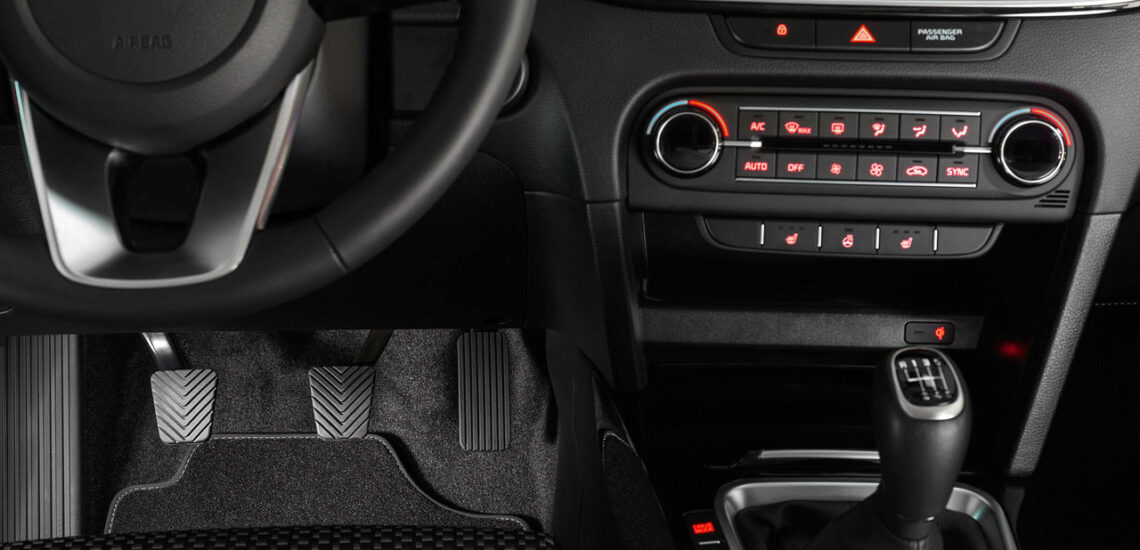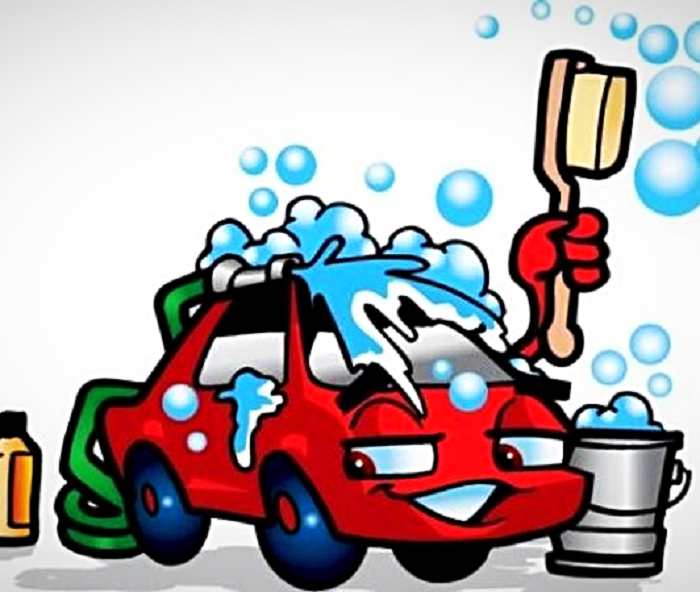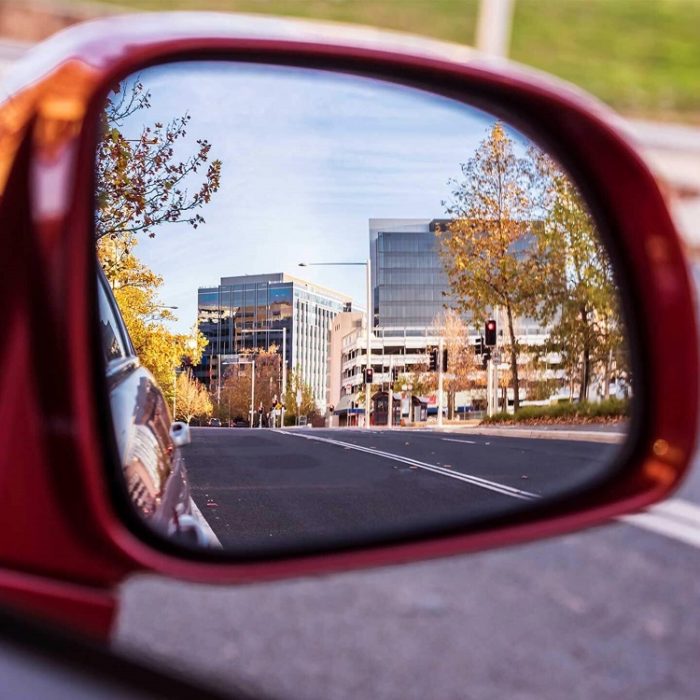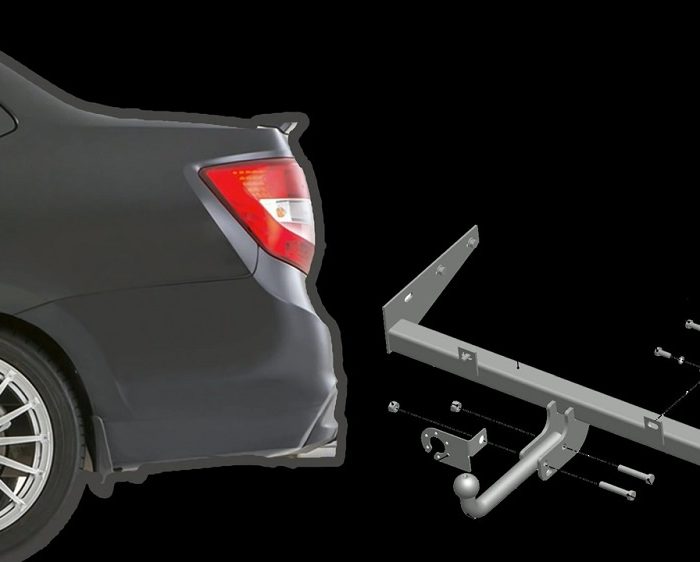The Kia Rio hatchback, updated last spring, was one of the first brand’s cars to receive the curious intelligent Manual Transmission (iMT) system, a six-speed manual transmission combined with a clutch controlled entirely through wires. This is another step towards the digitalization of various mechanisms’ drives after the already banal electronic accelerator pedal, braking by wire, or still exotic steering without a mechanical connection between a steering wheel and steered wheels.
So, the driver shifts gears in the iMT in the usual way, manually. But the clutch pedal here doesn’t act on it through a mechanical connection or a classic hydraulic drive. Instead, it simply sends a signal to the transmission control unit. The latter, in turn, starts the actuator, which creates the pressure of the hydraulic fluid in the clutch circuit. Then the working cylinder, which opens the clutch, is triggered. Why was it necessary to complicate this chain so much? The fact is that the iMT is used in EcoDynamics+ modifications with a 48-volt mild hybrid system (MHEV). Thanks to the electronic clutch, the MHEV system is able to turn it off itself in certain situations, without the driver’s command.
KIA’s mild hybrid with the iMT features an integrated Mild-Hybrid Starter-Generator (MHSG) with belt drive. It is able to add its own force to the internal combustion engine’s one during acceleration, and works as a generator during deceleration, providing energy recovery. And the same MHSG replaces the simple start/stop system. This is the main benefit of the electronic clutch. If it were ordinary, the start/stop system couldn’t stop the engine until the driver threw out of the gear, that is, it would wait for the car to stop completely. It becomes possible with the electronic clutch to completely stop the internal combustion engine during a coasting, as some modern systems with automatic or semi-automatic transmissions are able to do. But here we have a manual one.
When the engine is restarted, the same gear remains switched. The MHSG raises the engine speed in advance so that there is no nosedive when clutch discs are closed. But if the automatics decides that the car’s speed is too low for this gear, the clutch will remain open and the electronics will wait until the driver selects the correct gear. The automatic system will restart the internal combustion engine during a coasting when you press the accelerator, brake or clutch pedal. And since the start/stop system with this clutch can stop the engine earlier and start it later, additional fuel savings and reduction of carbon emissions are achieved compared to an ordinary clutch. According to KIA, the savings are 3% “in real driving conditions.” And this is only the effect of the iMT, while the MHEV saves up to 10.7% of fuel as a whole in the NEDC cycle.
The iMT has expanded the capabilities of the mild hybrid system combined with the classic manual transmission, while the versions of MHEV-type KIA cars that have semi-automatic transmission with two clutches haven’t gone away. But the company believes that many people still want to switch gears themselves, especially in Europe. Here it is necessary to remember that the idea of an automated clutch is not a novelty, it’s already been used differently and as part of other types of transmissions.
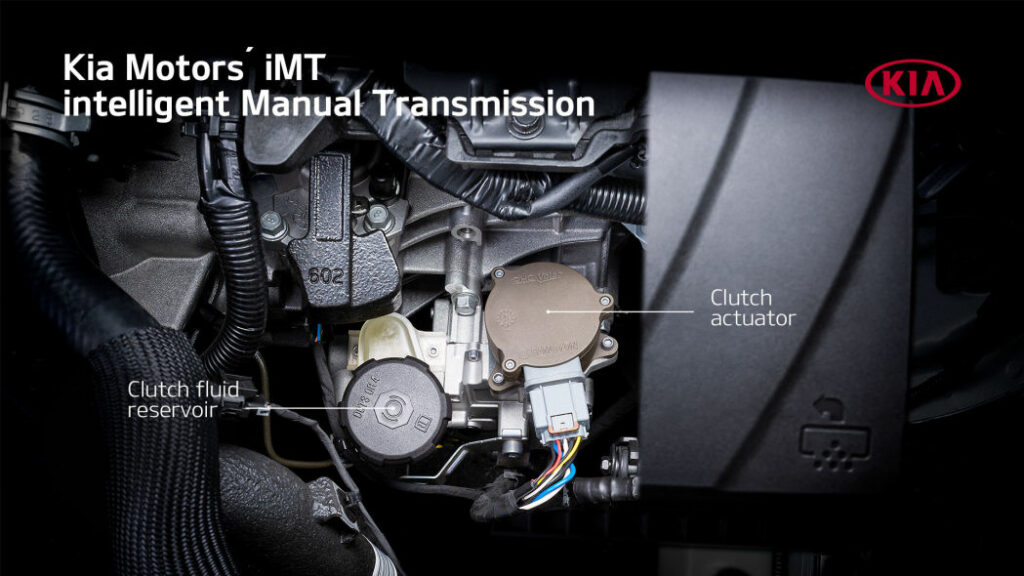
For example, in the 1955 Citroen DS, there was a four-speed semi-automatic transmission, in which the gears were switched manually by a lever on a steering tube, but it was not necessary to press the clutch. This was done by a hydraulic drive with a controller that took into account the engine speed and the position of gas and brake pedals. So the driver just put it in the right gear, released the gas pedal, and pressed it again. The rest was done by the automatics. The clutch also opened when stopping at a traffic light. The driver held the car with the brake, and when releasing the pedal, the engine speed increased slightly, and the clutch engaged itself. The car started moving as with an automatic transmission.
This is a translation. You can read the original here: https://www.drive.ru/technic/kia/5ef9a14cec05c46250000054.html

Published August 05, 2021 • 4m to read

